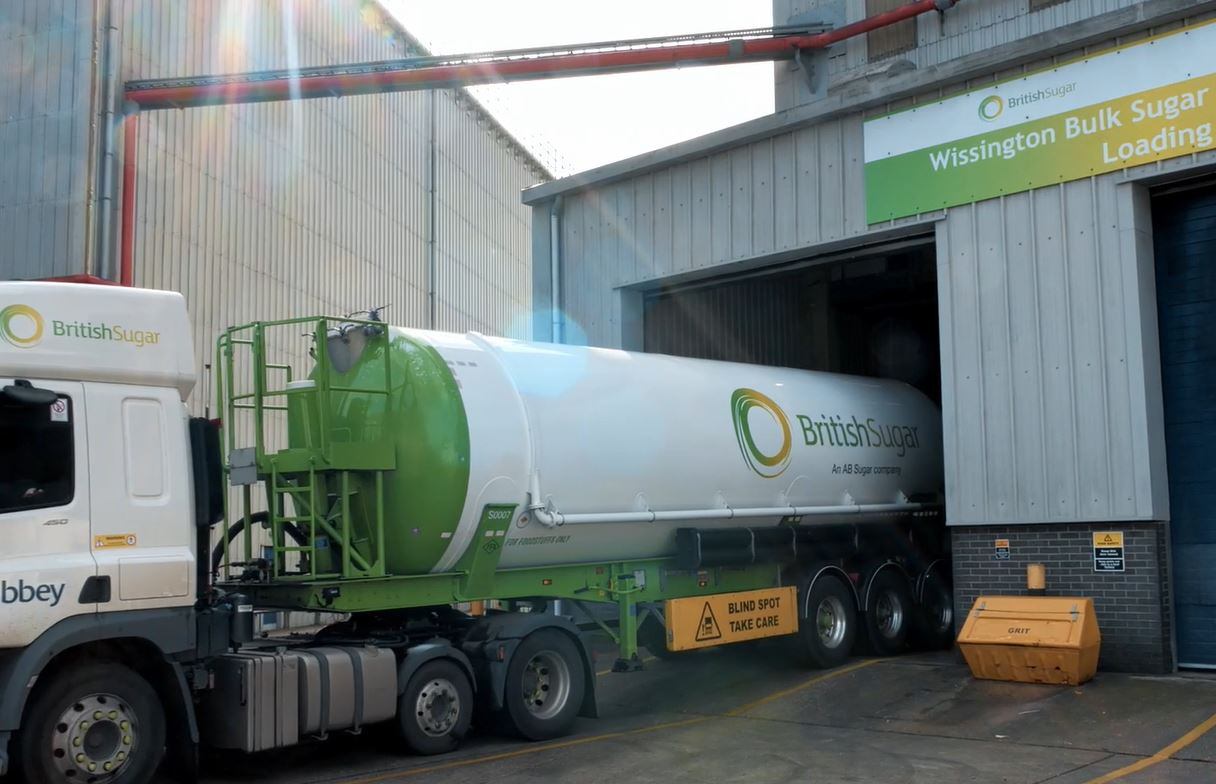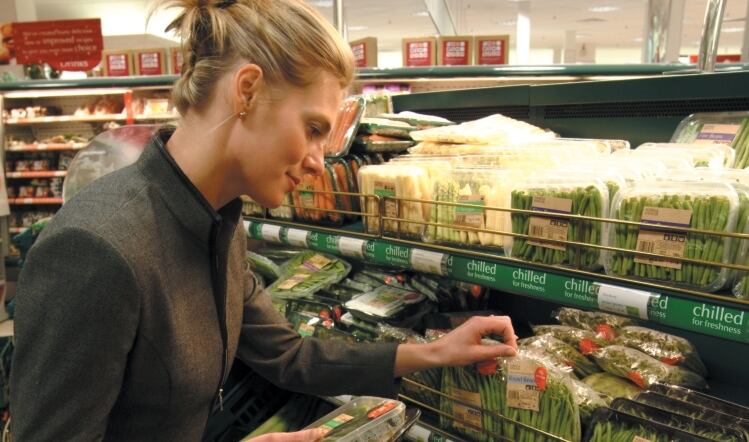Clive Black, director and head of research at Shore Capital observed food chain price rises on core commodities of 35% - 45% over a 12-month period. Pay packets would also increase as employers competed with their peers to recruit personnel in vital areas such as transport and logistics and managed a scheduled minimum wage rise.
Commenting on corn, soybean and wheat, all vital ingredients for which the UK relies on import top-ups. Between October 2020 and September 2021, corn prices rose by 40%, soybean prices rose by 35% and wheat prices rose by 45%, partly as a result of harvest volumes and distribution issues leading to demand outstripping supply, he said. Corn was up 53% on January 2021 levels.
"The input costs experienced by all operators along the value chain, oil and transport will in our view continue to take their toll as OPEC [Organisation of the Petroleum Exporting Countries] maintains a tight grip on oil supply and driver shortages remain a key issue," Black said.
Oil prices
Oil prices looked set to remain high until at least April 2022, when OPEC had its 16th ministerial meeting scheduled.
Sounding a note of hope for food and drink manufacturers, he predicted grocery retailers would pass on some cost increases to consumers, increasing prices on shelves. "We do not expect them to stomach this cost uplift for long."
Referencing wheat, Black observed: "The UK has struggled with quality bread wheat, which is in such short supply, prices for November delivery have rocketed to all-time highs, commanding a record £40.70 over feed wheat.
"We do not see this taking long to flow through to consumers as the number of links between bakers and the shopper is much fewer than the feed rate through to animals - harvesting, butchering and distribution."
Filtering through to retail
Increasing producer prices were now filtering through to retail, he said. "Our view here is that momentum is starting to shift and price ticket changes are finally being rolled out across shop floors in force as supermarkets look to preserve margins and take advantage of food price momentum, to some degree, following a lengthy period of food deflation."
He said global processors such as Unilever and Nestlé had initially shown they had the scale to absorb increased costs through improved efficiencies. However, he expected even they would begin to pass costs on soon. "...We wouldn't expect price inflation to continue indefinitely on the part of food processors and therefore see Q4 food inflation accelerating and peaking in Q1 2022 with pressure to remain at the fore throughout 2022 as further anticipated cost pressure flows through living wage changes.
"Do not be surprised to see food inflation creeping past 5% in Q1 2022," Black warned.




